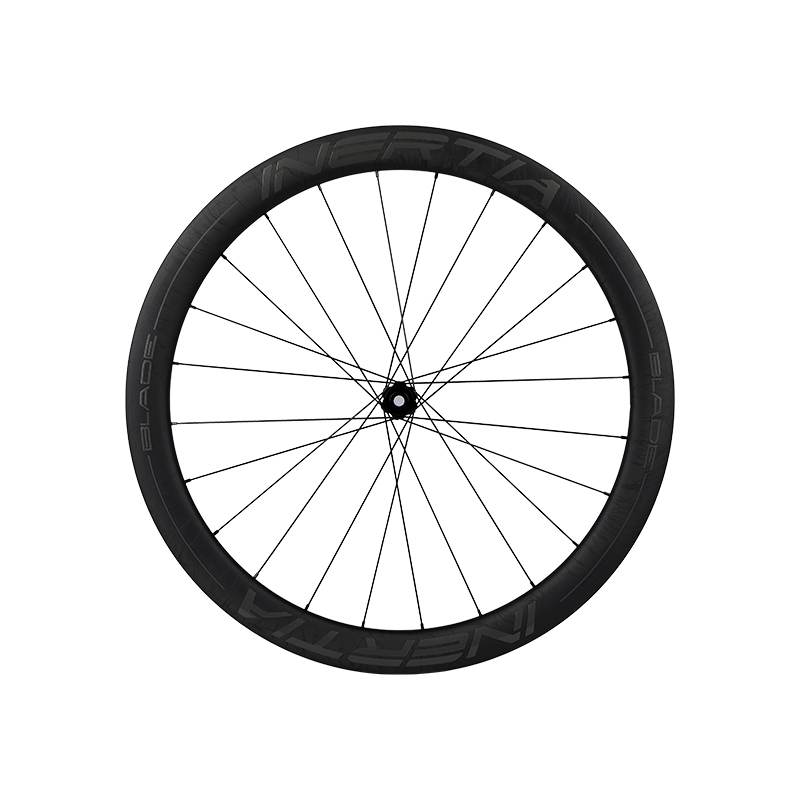The suitability of various rim depths for road bike wheel sets depends on the specific usage scenarios and riding conditions. Different rim depths offer advantages and trade-offs in terms of aerodynamics, weight, and handling characteristics. Here are common rim depth ranges and the usage scenarios they are suitable for:

Shallow Rim (0-30mm):
Usage Scenario: Shallow rims are suitable for a wide range of road cycling scenarios, making them versatile. They excel in the following situations:
Climbing: Shallow rims are lightweight and offer quick acceleration, making them ideal for hilly terrain and climbs.
Sprint and Acceleration: Their low weight aids in rapid acceleration and quick sprints.
All-Around Riding: Shallow rims provide a balanced mix of lightweight performance, comfort, and handling characteristics suitable for everyday road riding and training.
Crosswind Stability: They are less affected by crosswinds compared to deep-section rims.
Mid-Depth Rim (30-50mm):
Usage Scenario: Mid-depth rims strike a balance between aerodynamics and weight, making them suitable for various scenarios, including:
Flat to Rolling Terrain: Mid-depth rims offer aerodynamic advantages on flat and rolling terrain, allowing riders to maintain higher speeds with less effort.
Sprint Races: These rims provide a good balance of aerodynamics and lightweight performance, making them suitable for sprinters and criterium racing.
Versatility: Mid-depth rims can handle a range of conditions of road bike wheel sets, making them popular for riders who want an all-around wheelset.
Deep Rim (50mm+):
Usage Scenario: Deep-section rims are primarily chosen for their aerodynamic benefits but come with some trade-offs. They are suitable for specific scenarios, such as:
Time Trials and Triathlons: Deep rims excel in time trials and triathlons, where aerodynamics play a significant role. Their ability to slice through the air can result in faster speeds.
Flat and Fast Races: On flat and fast courses, deep rims can provide a substantial aerodynamic advantage.
Track Cycling: Deep rims are commonly used in track cycling events where aerodynamics and straight-line speed are critical.
Draft-Legal Triathlons: In draft-legal triathlons, deep rims can offer an edge in the bike leg, but riders should be prepared for windy conditions.



 Español
Español













